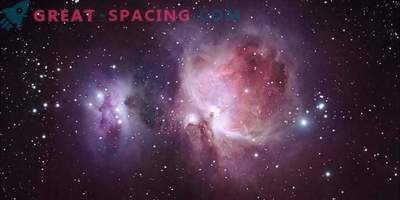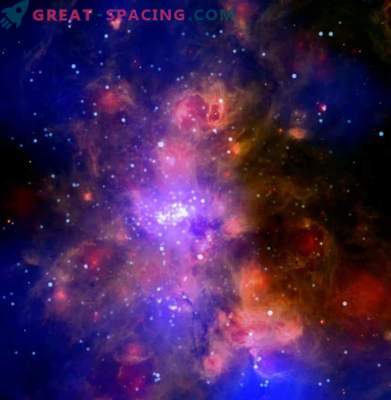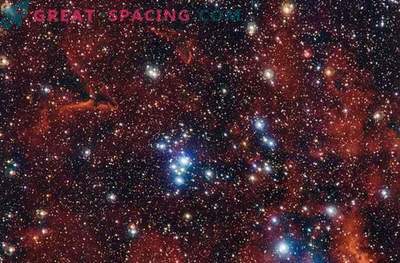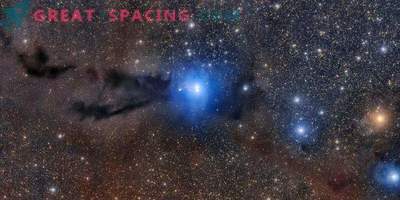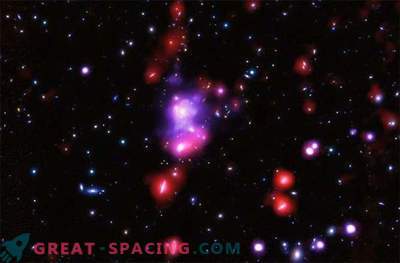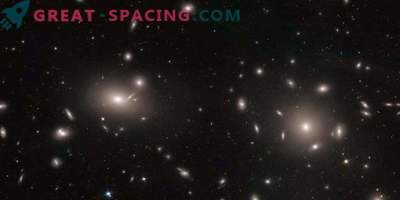
An infrared image is represented by 5 degrees (approximately 452 light years). Right: X-ray image - 16 angular minutes (24 light years)
Star clusters resemble large-scale families with thousands of star brothers and sisters. These objects have a common origin - a common cloud of dust and gas, and are also connected by gravity. Scientists believe that about 4.6 billion years ago, our Sun appeared in a star cluster, which quickly dissipated.
When studying young star clusters, researchers hope to get more data on how stars appear. NGC 6231 lives in a distance of 5,200 light years, an ideal laboratory for studying star clusters at a critical stage of evolution (the process of star birth not so long ago stopped).
In 1654, the cluster was discovered by Giovanni Battista Godierna. Modern observers will be able to find him southwest of the Scorpion's tail. NASA's Chandra Radar Observatory searched for young solar-type stars in NGC 6231. Young objects are highlighted in the review, as they are endowed with powerful magnetic activity, heating their outer atmospheric layer to tens of millions of degrees Celsius, which leads to the release of X-rays.
A quick look at NGC 6231
The image of Chandra shows a close-up of the inner area of the cluster. The observatory is able to identify a series of x-rays, divided into three lines to create this image. The data was combined with a VISTA infrared telescope.
The analysis shows that in NGC 6231 there are 5.7–7.5 thousand young stars, which is approximately twice as large as in the Orion Cluster. The stars in NGC 6231 are also much older (3.2 million years) than Orion (2.5 million years). But NGC 6231 is much larger, so the density is 30 times lower.
Chandra research has allowed scientists to create a pattern by which to study the evolution of a cluster. They form from dozens of areas of star formation, but NGC 6231 adds a key piece of the puzzle, because it demonstrates how the cluster looks after the end of formation. Scientists do not know exactly what will happen next: whether the stars will remain together under the action of gravity or scatter. This will show the subsequent research.

